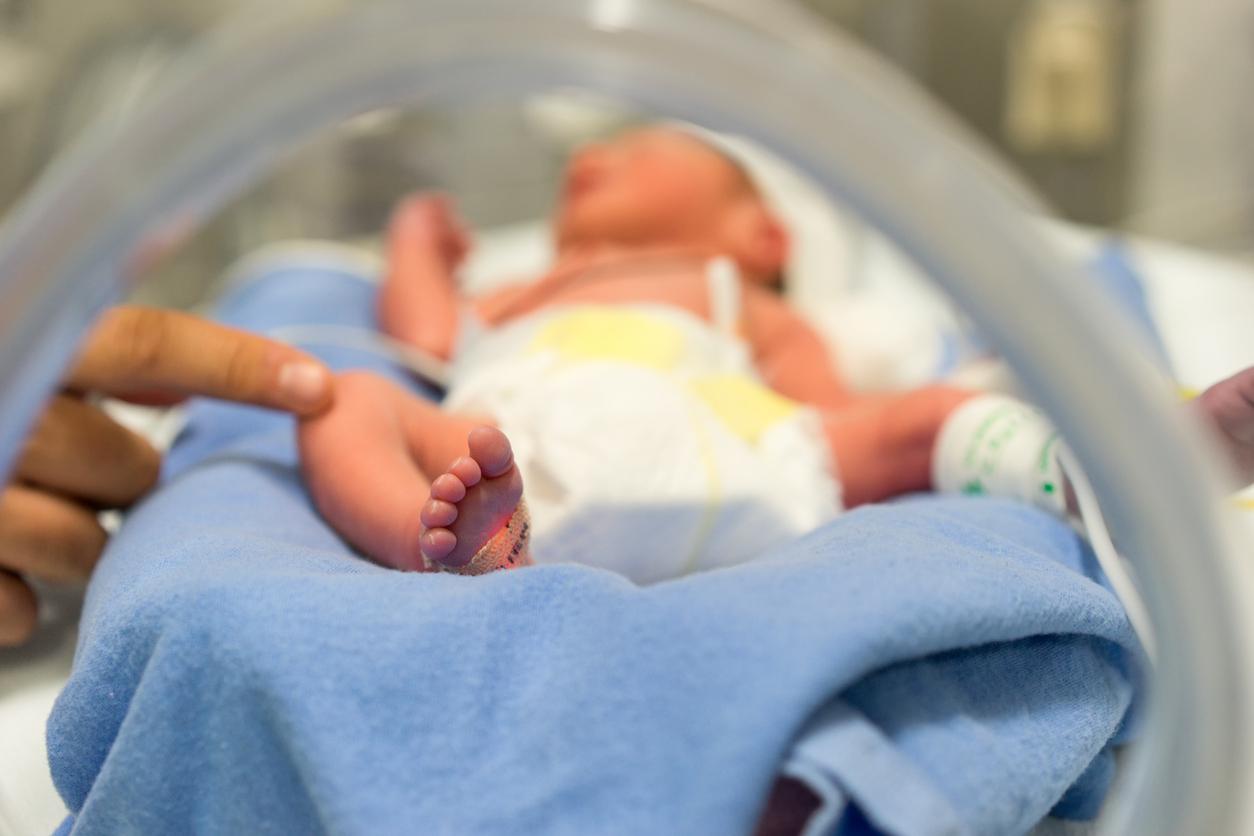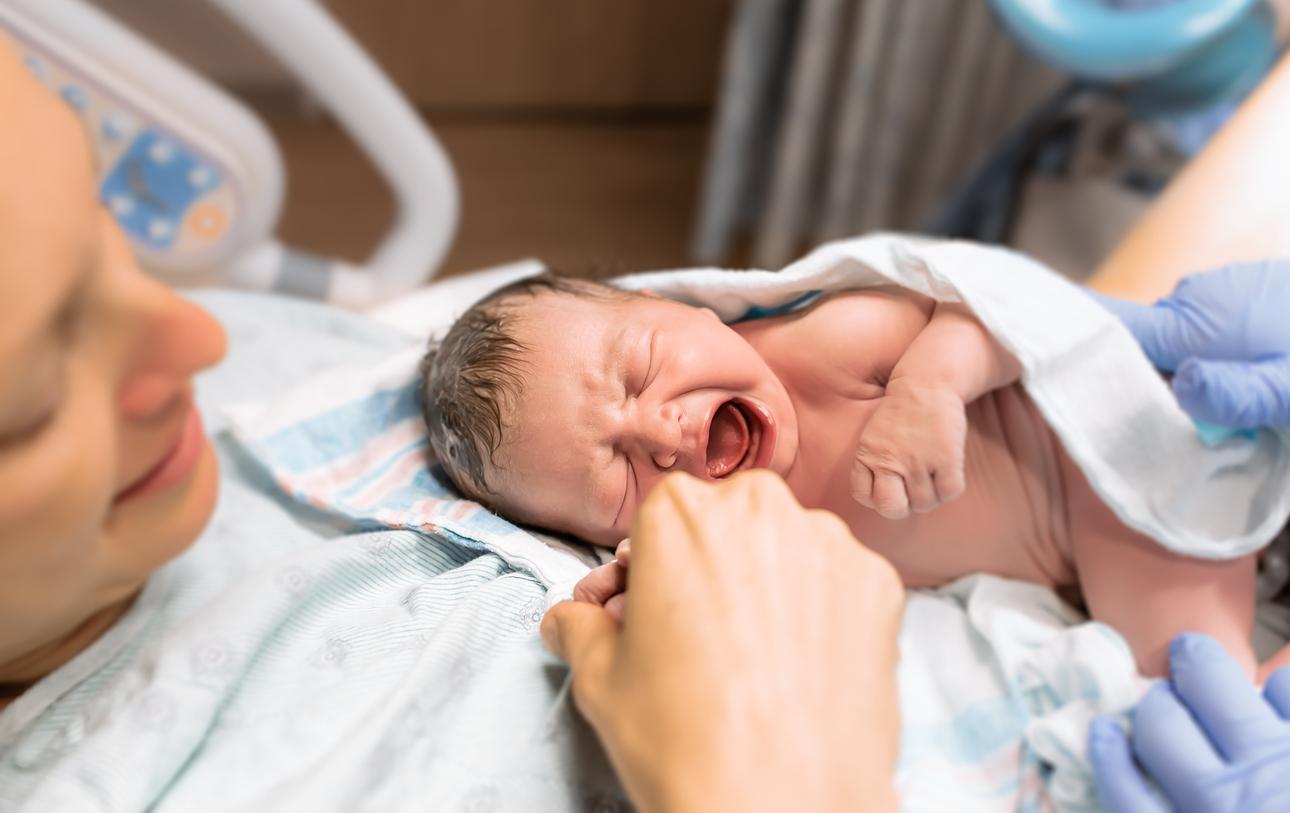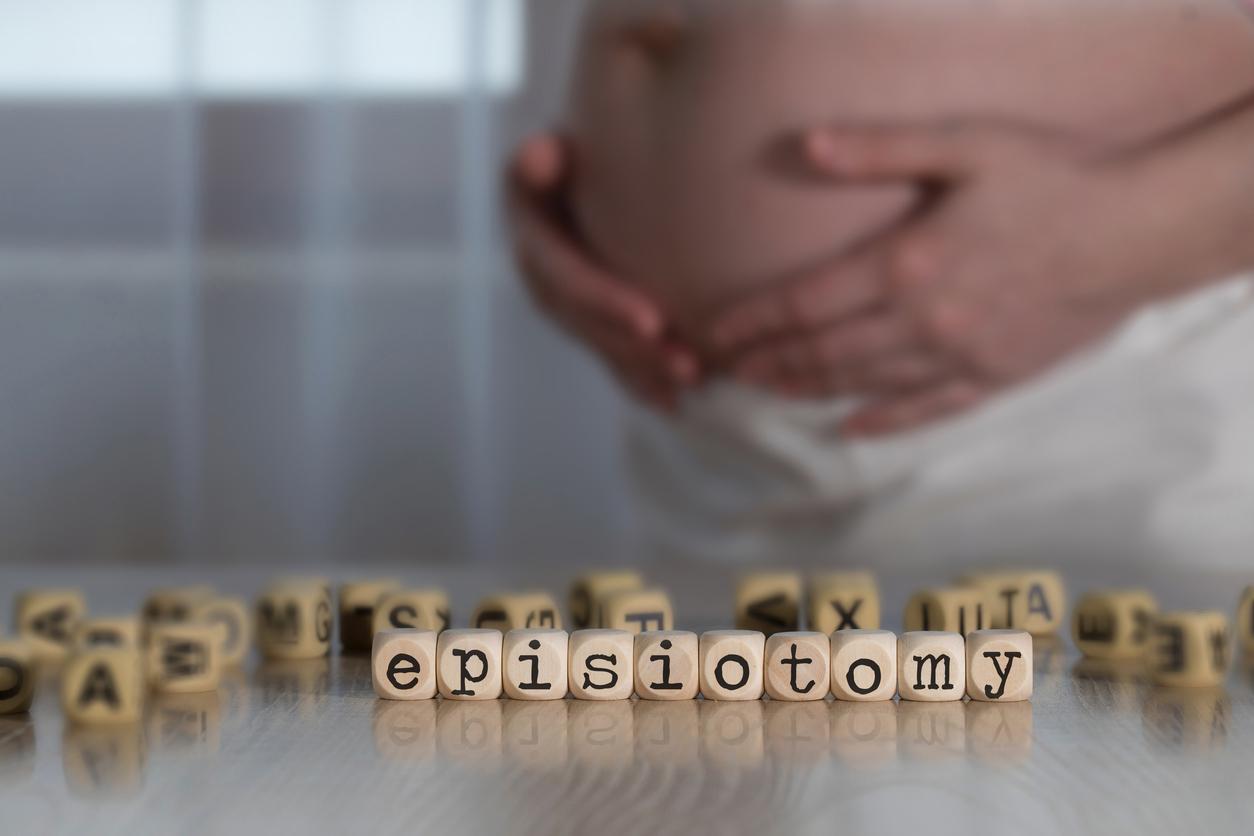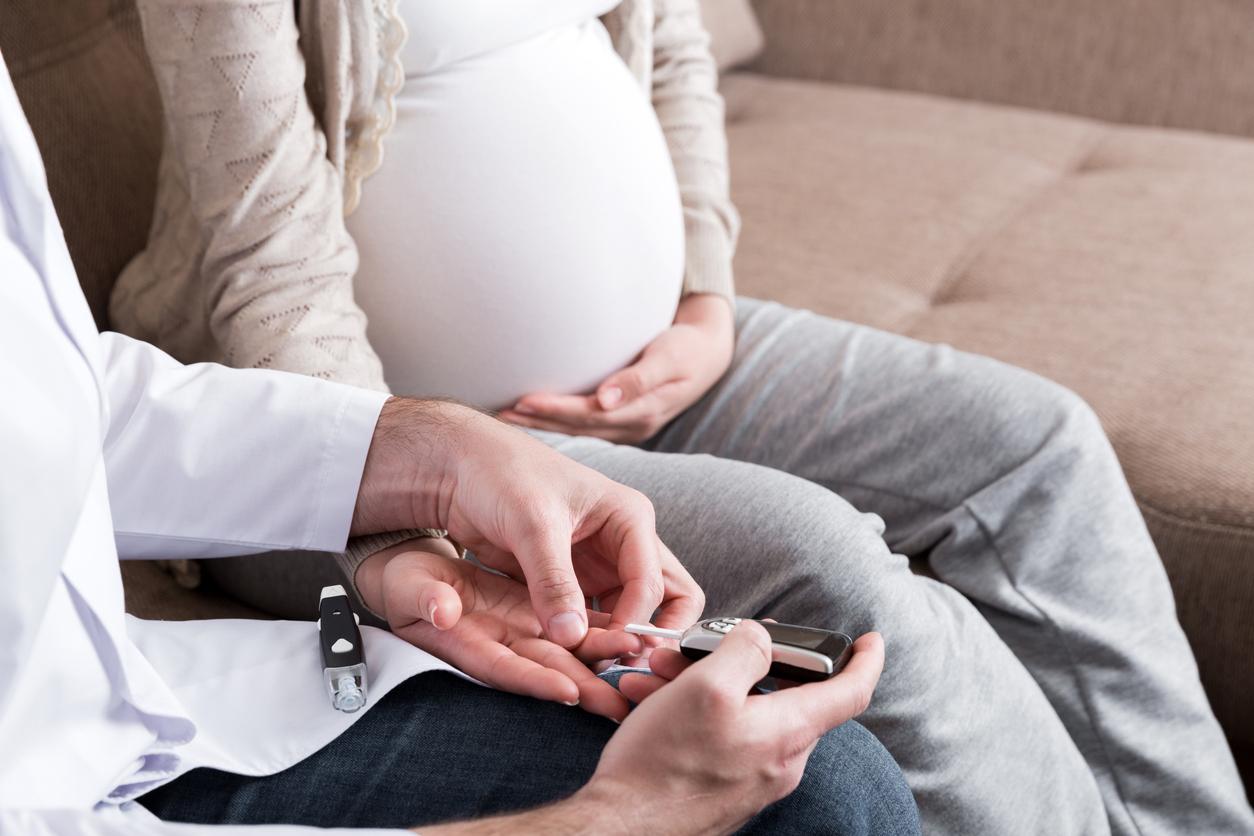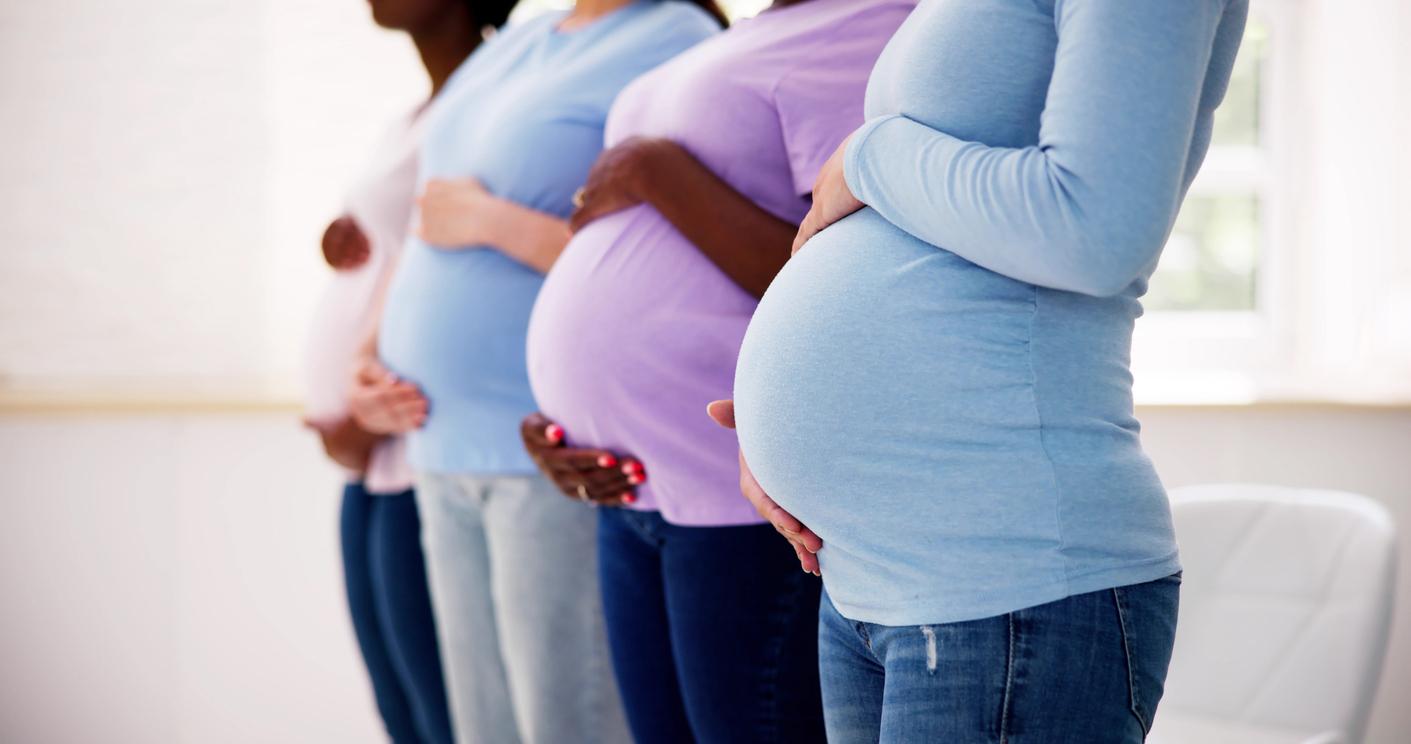A study analyzed more than 14,000 deliveries to understand the effects of induction on the risk of cesarean section.

- Some studies claim that induction of labor reduces the risk of cesarean section.
- New work contradicts this claim.
- This could be related to the way the data is collected.
Several factors can lead to an onset of labor. This may be for medical reasons, overdue or because of the rupture of the bag of waters. “Induction of labor involves inducing contractions of the uterus to start labor, i.e. the process that culminates in childbirth.specifies the High Authority of Health. For a long time, scientists have wondered about the effects of this medical decision: is it better than an uninitiated delivery? According to a new study, published in American Journal of Perinatologyinduction of labor does not systematically reduce the risk of caesarean section.
Does induction of labor increase the risk of caesarean section?
“Some people have suggested that after 39 weeks gestation, medical induction of labor should be standard practice“, explains the lead author of this research, Elizabeth Langen, a researcher at Von Voigtlander Women’s Hospital at the University of Michigan.We collaborated with partner hospitals to better understand how induction of labor may influence cesarean section risk in real-world maternity wards outside of a clinical trial.” With his team, they analyzed data from 74 American hospitals: in total, they were interested in 14,135 deliveries. They compared their results to those of previous research called ARRIVE: this showed that induction at 39 weeks gestation in low-risk first pregnancies resulted in a lower rate of cesarean deliveries compared to without tripping. “We designed an analytical framework mirroring the protocol of the previous trial using retrospective data, but our results did not support the link between elective induced labor in late pregnancy and a reduction in cesarean births.“, notes Lisa Kane Low, co-author of the study. In short, in this sample, the induction of labor did not reduce the risk of delivery by cesarean section. The women concerned were even more at risk: “women who underwent elective induction were more likely to have a caesarean than those who underwent expectant management (30% vs. 24%)”, note the authors. A finer analysis in a sub-group demonstrated a similar level of risk between induced and uninitiated labour.
Induction of labor and caesarean section: why the results are contradictory?
According to the scientists, several reasons can explain these differences in results. But one factor can have a lot of influence: the nature of the study. In fact, this latest research is a collection of real-time data, whereas the ARRIVE study was a clinical trial. “The Michigan study collected data after the births (…). The ARRIVE trial, however, used data collected in real time as part of a research study.” Regarding the latter, 72% of women approached to participate refused. “Previous research has indicated that women in the United States often feel pressured to accept having their labor induced“, note the authors.”Better results may have been achieved in the trial because participants were fully accepting of this process“, says Lisa Kane Low. For the authors, however, this research allows us to learn a lesson: new work is needed to understand how best to support women when their labor is induced.









